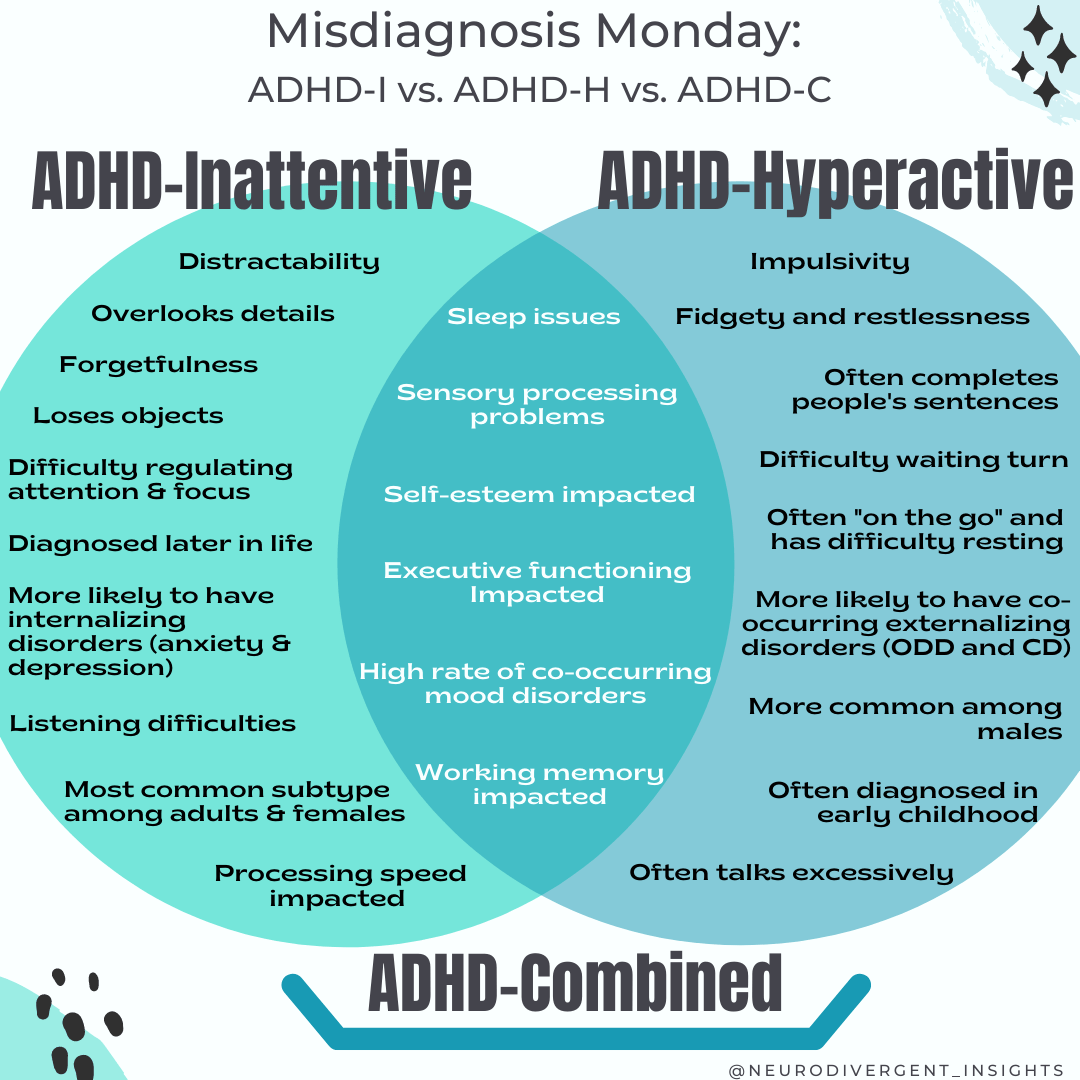Adhd Mental Age Chart
Adhd Mental Age Chart - The adhd mental age chart is a tool used to assess the cognitive and emotional development of individuals with adhd. According to the 30% rule, persons with adhd are typically 30% behind their chronological age in terms of executive function and emotional development. Mental age charts serve as valuable tools for support and understanding, offering insights into the complex nature of adhd and its impact on development. It is the executive function part of the brain. The brain of the adhd child is developing at an average 30% behind schedule in the frontal lobe region according to leading adhd researcher dr russell barkley. The real age of a child with adhd is not tied to their birthday or intelligence, but to their emotional maturity and executive functioning skills. It compares an individual’s chronological age to their mental age, which is determined by their cognitive and emotional functioning.
Read our comprehensive adhd mental age chart, a crucial tool to understand adhd's impact on developmental abilities and make effective support strategies. Mental age charts serve as valuable tools for support and understanding, offering insights into the complex nature of adhd and its impact on development. The adhd mental age chart is a tool used to assess the cognitive and emotional development of individuals with adhd. The frontal lobe controls regulation.
The brain of the adhd child is developing at an average 30% behind schedule in the frontal lobe region according to leading adhd researcher dr russell barkley. It is the executive function part of the brain. The adhd mental age chart is a tool for understanding how children and people with adhd develop emotional and cognitive abilities at different rates than their peers. Read our comprehensive adhd mental age chart, a crucial tool to understand adhd's impact on developmental abilities and make effective support strategies. Learn how to shift your expectations and strategies based on your child’s ‘real age.’ Here's a brief look at how executive function can affect people with adhd as they age, keeping the adhd 30% rule in mind:
They allow for more targeted interventions, realistic expectations, and a more compassionate approach to supporting individuals with adhd. Here's a brief look at how executive function can affect people with adhd as they age, keeping the adhd 30% rule in mind: The adhd mental age chart is a tool used to assess the cognitive and emotional development of individuals with adhd. Read our comprehensive adhd mental age chart, a crucial tool to understand adhd's impact on developmental abilities and make effective support strategies. Read our comprehensive adhd mental age chart, a crucial tool to understand adhd's impact on developmental abilities and make effective support strategies.
They allow for more targeted interventions, realistic expectations, and a more compassionate approach to supporting individuals with adhd. According to the 30% rule, persons with adhd are typically 30% behind their chronological age in terms of executive function and emotional development. The frontal lobe controls regulation. The real age of a child with adhd is not tied to their birthday or intelligence, but to their emotional maturity and executive functioning skills.
In This Article, We’ll Delve Deep Into The Concept Of Mental Age In Relation To Adhd, Exploring Its Implications And Offering Insights Into How We Can Bridge The Gap Between Chronological And Emotional Maturity.
The real age of a child with adhd is not tied to their birthday or intelligence, but to their emotional maturity and executive functioning skills. Mental age charts serve as valuable tools for support and understanding, offering insights into the complex nature of adhd and its impact on development. It compares an individual’s chronological age to their mental age, which is determined by their cognitive and emotional functioning. It is the executive function part of the brain.
Read Our Comprehensive Adhd Mental Age Chart, A Crucial Tool To Understand Adhd's Impact On Developmental Abilities And Make Effective Support Strategies.
Explore adhd in adults, mental age charts, and the 30% rule for effective management and understanding of this complex condition. Here's a brief look at how executive function can affect people with adhd as they age, keeping the adhd 30% rule in mind: The brain of the adhd child is developing at an average 30% behind schedule in the frontal lobe region according to leading adhd researcher dr russell barkley. They allow for more targeted interventions, realistic expectations, and a more compassionate approach to supporting individuals with adhd.
Learn How To Shift Your Expectations And Strategies Based On Your Child’s ‘Real Age.’
The frontal lobe controls regulation. The adhd mental age chart is a tool used to assess the cognitive and emotional development of individuals with adhd. According to the 30% rule, persons with adhd are typically 30% behind their chronological age in terms of executive function and emotional development. Read our comprehensive adhd mental age chart, a crucial tool to understand adhd's impact on developmental abilities and make effective support strategies.
Here's A Shareable Version Of The Mental Age Chart:
The adhd mental age chart is a tool for understanding how children and people with adhd develop emotional and cognitive abilities at different rates than their peers.
The real age of a child with adhd is not tied to their birthday or intelligence, but to their emotional maturity and executive functioning skills. They allow for more targeted interventions, realistic expectations, and a more compassionate approach to supporting individuals with adhd. Here's a shareable version of the mental age chart: Read our comprehensive adhd mental age chart, a crucial tool to understand adhd's impact on developmental abilities and make effective support strategies. In this article, we’ll delve deep into the concept of mental age in relation to adhd, exploring its implications and offering insights into how we can bridge the gap between chronological and emotional maturity.




.png?format=1500w)


